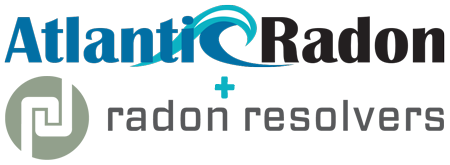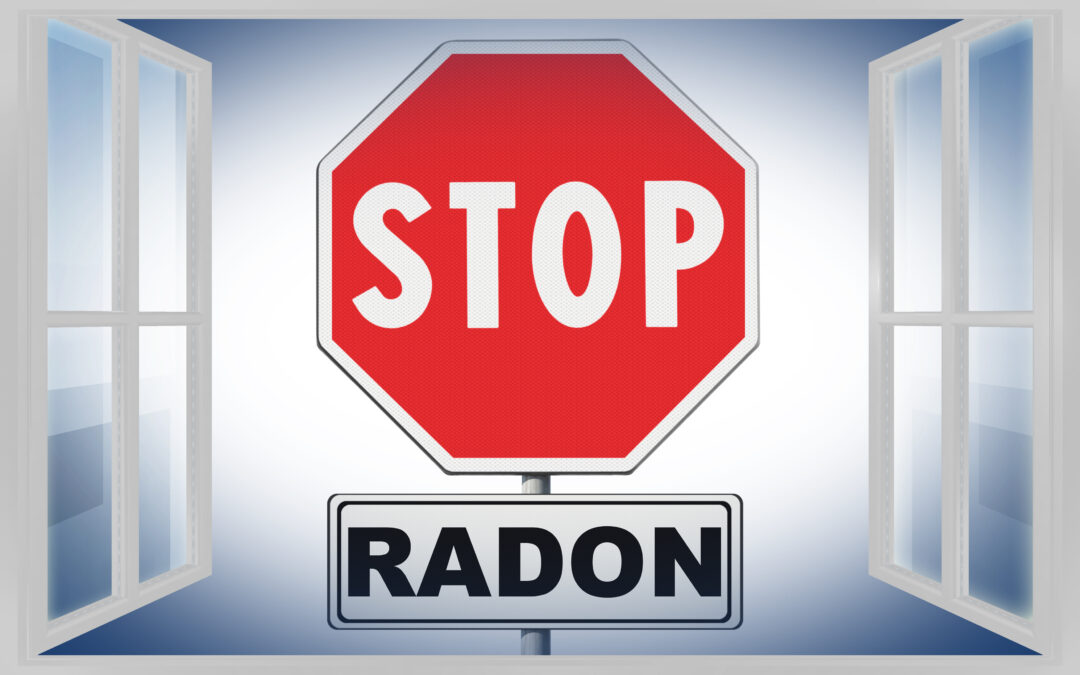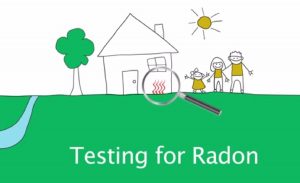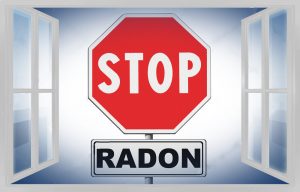Radon is a contributor to environmental radioactivity. It is a naturally occurring noble gas that does not react with anything. Radon occurs naturally after radioactive elements decay. When huge amounts of radon accumulate in the soil, it can be harmful to humans. But radon is naturally present in the air we breathe. The amount is so low that it does not harm us or the environment. Radon is one of the top health hazards causing gas in the USA. It is also known to be the second biggest cause of lung cancer.
We gather that radon is not particularly bad for the environment. But it can have some grave impacts on humans. Data says more than 20,000 lung cancer deaths per year in the US are radon related. In outdoor locations, radon disburses rapidly, hence the hazard is negligible. But when it accumulates in one place then it becomes dangerous. EPA states that anything above 4 pCi/L (picocuries per litre) or more is harmful to humans.
Want to know more about this? Read this article to find out.
How is radon related to lung cancer?
Tiny radon particles can become embedded in the lining of the lungs and cause lung cell damage or death. When high concentrations of indoor radon mixes into the air it is hazardous. This may result in lung cancer and other lung diseases. Radon is more fatal for smokers. They have a 10% more chance of getting cancer due to radon contact. But the numbers are not very less for non-smokers. It also kills over 20,000 non-smokers from the disease every year in the US.
Who gets affected by radon gas?
Radon is a radioactive gas and it can affect anybody. But it can affect smokers more than non-smokers. Children are also more susceptible to the ill effects of radon gas. Children exposed to radon have twice the chance of health hazards.If the child has exposure to smoke and radon, it can become fatal. They have a 20 times higher chance of getting affected by lung cancer.
Look out for these symptoms to detect lung issues if you are in a radon zone.
- Extreme cough which keeps recurring
- Hoarseness
- Constant chest pain
- A consistent “smokers cough”
- Vomiting or coughing blood
- Constant shortness of breathing and chest heaviness
- Wheezing sound during normal breathing
- Constant and prolonged lung infections such as bronchitis or pneumonia
Where is radon found in the environment?
Radon is a colorless, odorless, tasteless noble gas. It is naturally present in the environment, hence it can occur anywhere. But radon is also one of the rarest elements on earth. So, it is not very frequently found in homes. Radon gas is in the soil, air, water, and industrious gases. Radon can be very harmful when found in indoor air.
Radon can also accumulate in huge quantities in the water. From groundwater to rainwater, all of it can have radon gas. This is also a radon gas exposure route for humans. So, it is necessary to get your home checked for radon. When you are doing this, also make sure that you check all adjoining areas. Remember to ask your neighbors if they have found radon in their homes. This will help you understand the gravity of the situation.
How climate change is putting more humans at risk of radon exposure
Radon gas can defuse quickly through icy and cold grounds. Due to extreme climate change, winters are becoming more prolonged. Radon gas-affected areas are facing severe adversities. The radon gas is spreading across the soil in colder radon zones. This radon can easily get inside people’s homes and affect their lives. Radon becomes more active in cold weather conditions. Hence, the rise of extremely cold climates can be hazardous for radon-affected areas.
Get your home Radon Free!
If you know your area is high on radon, get your home tested. Or check the EPA radon zone maps to see if your area comes under it. If your home tests positive for radon, talk to a contractor. It is harmful to your health, so, install a mitigation system immediately. Remember, always work with certified contractors to install the best mitigation system. Do not trust unlicensed people to avoid a bad installation. Talk to us today to get an effective radon mitigation solution!




